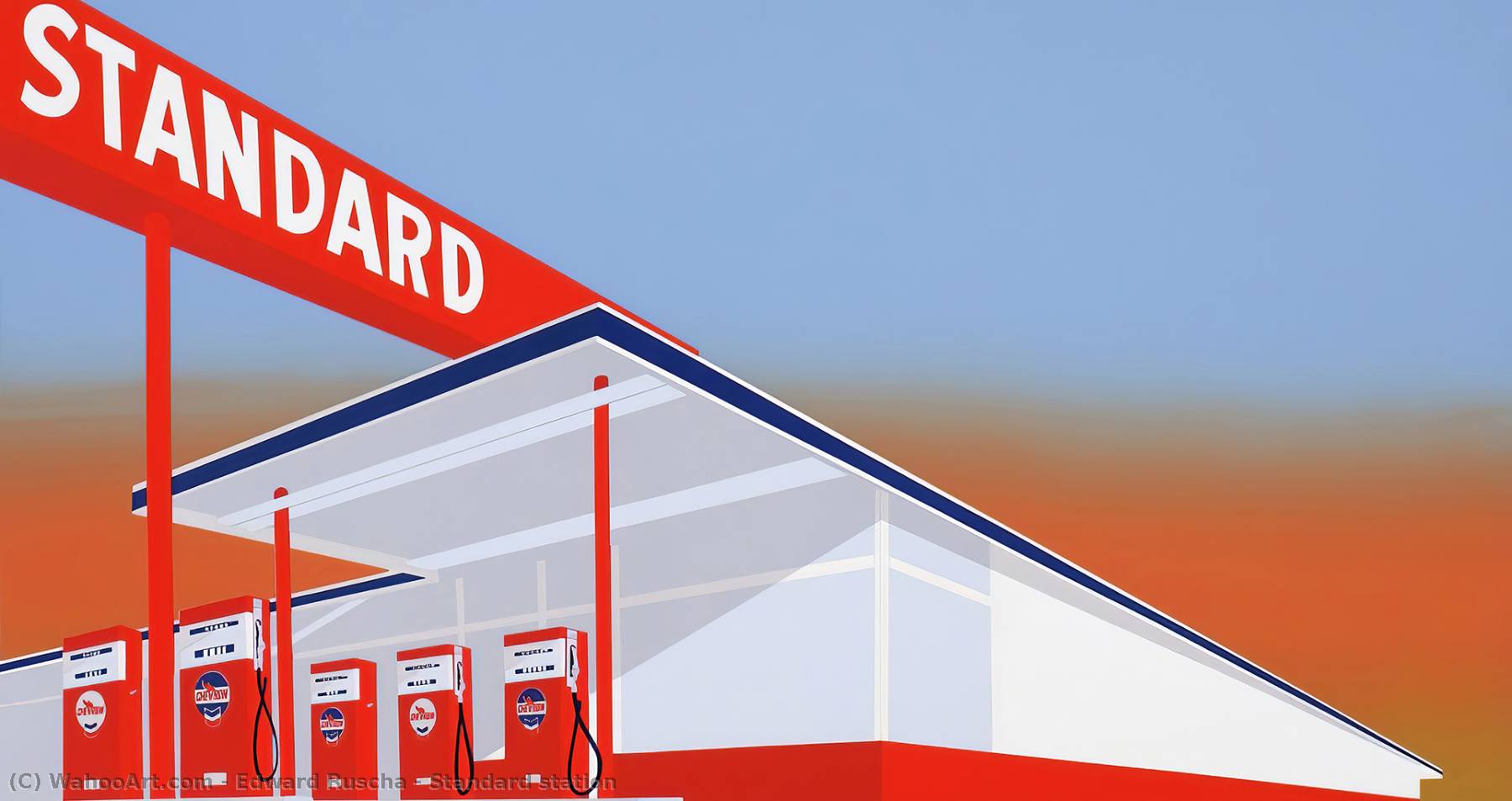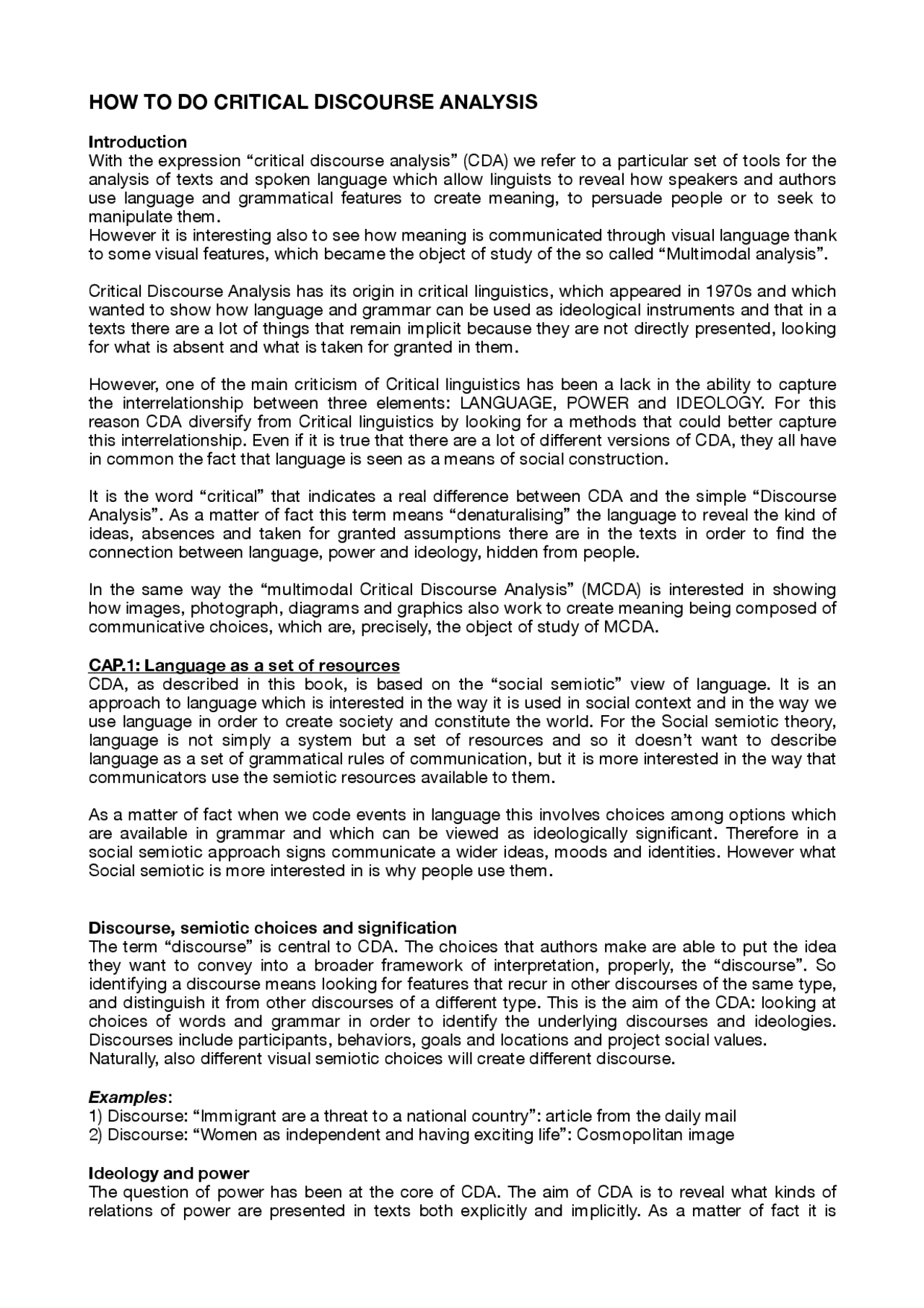
Robert Indiana, well-known for his LOVE image and other American art, is a prolific artist. Indiana is a Pop artist and is well-known for his work on American culture and the American experience. He also makes posters and prints. Many of his works are autobiographical. His work on social concerns is what makes him famous.
Indiana was a New Castle, Indiana native who spent his early years in the Indianapolis, Indiana area. He graduated from the Arsenal Technical High School, Indianapolis. In 1953, he attended the School of Art Institute of Chicago where he studied printing. He met Ellsworth Kelly the next year, who encouraged Indiana's experimentation. He later met Cy Twombly and Larry Aldrich, who would become his friends and collaborators. He worked alongside Andy Warhol.
His parents divorced when Indiana was nine years of age. He lived with his mother, who worked as a waitress at a diner. Indiana's parents were very unstable and he and his mother moved twenty-one times during his childhood. He was adopted at the age of one. In 1953, Indiana received a degree from Chicago's School of Art Institute. Indiana graduated from Edinburgh College of Art in 1954.

Philip Johnson invited Indiana, in the middle of the 1960s, to create work on the New York World's Fair. He also worked with Marian Goodman on a LOVE sculpture. His sculptures were a representation of the 1960s flower-power generation. He created both personal works as well as political works. He also worked in collaboration with Andy Warhol on the film Eat. Indiana designed the floor layout for Milwaukee's MECCA Center Arena's basketball court in 1997. He also designed sets to the opera The Mother of Us All.
Indiana moved from Indiana, Indiana to New York in 1954. There he started to work in the hard edge style. He often used stencils and found materials to create his works. In 1961, he had his first solo show at Stable Gallery. Andy Warhol included him in a film about him eating mushrooms for forty-five minutes.
In 1964, he made his first LOVE photo, which was initially displayed on a postcard. The card quickly became a symbol of the flower-powered '60s. He then created an 8-by-6-foot painting of his work. It's been displayed in numerous museums around the country and abroad. It is one the most popular museum cards worldwide. It has also appeared in other languages.
Indiana was a painter and sculptor. His work combines Pop art with hard-edged abstraction. He is always interested in ethical and social issues. He views his work as a commentary of American culture and everyday life. He has explored themes such as personal history, the American experience, and the role of language in art.

Indiana's work is often influenced in part by street signs, advertisements and other symbols of everyday life. It has been described "pop poetry of America" and "a celebration American history." Many of his canonical sculptures are in private and public collections.
FAQ
What can pop music teach us?
Our society today values material things over everything else. This is particularly true for young people. They spend hours every day looking at screens. They are addicted to video games, movies, and surfing the web. All of these distract them from the task at hand, which is to complete school work. This leads to them failing classes.
In today's world, everyone wants to be accepted. That means being popular. Popularity is dependent on having money, clothes, or other possessions. This causes some people to do things they don't like.
We have become dependent on technology. We now have access to all types of information thanks to technology. Unfortunately, not everything is accurate. Many false rumors circulate on the Internet. These rumors spread fast because people share them on social networking sites. It's easy for people to post things without checking if they are true.
People are losing their ability to think critically. People believe everything they see on the Internet. They believe what they see on TV and in magazines. They stop thinking about themselves. They follow the crowd instead.
Relying on others for information can cause us to lose control of our lives. Pop culture teaches us to depend on others. It also makes us lazy. Although the truth is out there and we often don't find it, it can make us lazy.
How did pop music become popular?
It was an accident. It was an accident. The first song was accidentally written when someone knocked over the piano while playing on New Year's Eve 1920.
The recording company liked what they heard and decided to release it as a single.
This became the first recorded hit single.
Pop music has been the most loved form of musical entertainment since then.
What is music's popular culture?
Popular Music Culture can take many forms.
Popular music culture is defined by its use of certain styles of music (e.g., rock, jazz) and lyrics. It also covers the influence of visual media like film, television, fashion advertising, and so on, on artists' careers as well as public perception.
It's also about the way fans interact with their favorite artists.
The rise of superstars - musicians who have made a name for themselves - is one aspect of popular music culture.
These icons transcend many genres and have become cultural icons. Their popularity has also influenced the development of popular music.
Other elements of popular music culture include:
* The rise of recording technology -- from acoustic instruments and electric guitars to microphones and microphones.
* The invention of the record player and the radio;
* The birth and rise of rock & roll.
* The introduction TV and film
* The birth MTV and VH1
* The creation and use of the internet.
What are some examples of pop culture 2021?
The world was changed forever on 11th September 2001, when two planes were hijacked by terrorists and crashed into the twin towers of the World Trade Center in New York City. 9/11 would be the name of this day.
The popular culture was impacted by these events and continues to be today. We can see the many ways that this event has influenced us.
Television shows like 24 and movies like United 93 are included. They tell the story of the events that took place on the flight from Boston, Massachusetts to Los Angeles on September 11, 2001. You can also find books such as The Forever War, by Dexter Filkins.
We all remember where we were when we first heard about the attacks. Some people got out from bed to go outside. Others watched the TV or read newspapers.
Pop culture is constantly evolving. Pop culture is a reflection of society and an inspiration. What is the impact of popular culture on society in 2019? We are not able to predict the future. It will be different than before.
What is pop media culture?
Pop culture is everywhere. It's everywhere we go: TV, radio, film, music, magazines, newspapers, websites, social networks, etc. It is all around us 24/7. It influences everything from our clothes, food, music, language, politics, and religion. What then is pop culture? According to Wikipedia, "Popular culture (or popular culture) refers to the products and ideas produced for mass consumption in society." This term is often used to refer to TV shows, movies and music. However, there is much more to pop culture than just entertainment. The term describes anything consumed by the masses, such as video games, sports, toys, clothing, fast food, political campaigns, and many others.
Who came up with the term Pop Music?
Frank Zappa invented it. Pop music was the name he used to describe his music.
He stated that he wanted music that was accessible to all. Pop music was what he called his music.
Zappa also came up with the phrase "You can tell it's popular when ..."". This means that something is very popular if people love it. Michael Jackson's Thriller record is one of the most successful.
Zappa's definition of pop music is different from how it is now. Pop music today includes all kinds of music. However, back then only certain music was considered popular.
What are some examples from pop culture in 2020?
The music industry is evolving rapidly. We saw artists like Travis Scott and Post Malone reach number 1 on Billboard’s Hot 100 chart. This was a record-breaking feat for any artist.
This is also true for streaming services. Spotify reported that it streamed more than 10 billion hours worth of audio content last fiscal year. This is 5x the amount of audio content Spotify users listen to today, compared to just five year ago.
This has resulted a huge shift in the ways people consume media. The majority of people now spend their time reading content, rather than creating it.
All age groups have easy access to high-quality audio content. This means that anyone can record, edit, mix, and release their music.
It's no longer necessary to go to university and study classical instrumentation to be able to play your favorite song. It's easy to download an app and add your voice. Then upload the videos to YouTube.
Even if you don’t want to create music yourself, why stop watching someone else do it? There are countless channels dedicated to making videos of songs ranging from covers to parodies.
Statistics
- Less than a decade later, that statistic rose to 90% (Dager, n.d.). (socialsci.libretexts.org)
- Yet a Nielsen study shows they account for 42% of the country's most-watched content on streaming services. courtesy Nielsen (npr.org)
- Recently, the market share across Western Europe has ranged from 60-75% (Hopewell, 2013). (socialsci.libretexts.org)
- In 1987, US films captured 56% of the European film market. (socialsci.libretexts.org)
- Latinos represent roughly 19% of the U.S. population. (npr.org)
External Links
How To
What are some pop culture icons?
In the 1960s, Americans were obsessed with space travel. Star Trek was then the most popular television show.
From 1966-1969 the original series aired over on NBC. It featured William Shatner in Captain Kirk, Leonard Nimoy in Mr. Spock, DeForest Kelley playing Dr. McCoy and James Doohan playing Scotty. Majel Bart Roddenberry played Uhura. Nichelle Nichols played Lieutenant Nyota Uhura. Walter Koenig portrayed Pavel Chekov. Grace Lee Whitney acted as Yeoman Janice Rand. (Wikipedia)
In 1967, the series was the subject of the first feature-length film. Paramount Pictures released it under the title "Star Trek." The movie, directed by Robert Wise, featured an ensemble cast including William Shatner, Leonard Nimoy, DeForest Kelley, James Doohan, Walter Koenig, Majel Barrett, Roland Nichelle Nichols, George Takei, and Grace Lee Whitney. (Wikipedia)
In 1968, the second series of the television series began to air. The crew traveled back in time to 1969 for this season. (Wikipedia)
The third season of the series began airing in 1971. This season introduced a new character named Commander Richard A. Morn. He was an officer in Starfleet who was born on Earth, 2063. (Wikipedia)
There was also a live TV spinoff called "Star Trek: Planet of the Apes". It aired between 1972 and 1974. (Wikipedia)
The television series premiered its fourth season in 1973. Two new characters were introduced in this season's fourth season: Ensign Ro Laren and Lieutenant Ilia. Marina Sirtis was the one who played them both. (Wikipedia)
The fifth season of the television series was broadcast in 1975. This was the final season before the series went off-air. (Wikipedia)
After the television series was cancelled, numerous attempts were made at its revival. Some of them were a 1977 pilot episode called "Where No Man Has Gone Before", which was unsuccessful in finding a partner studio or network. (Wikipedia)
Star Trek: New Voyages, a 1998 animated series, was also produced. It aired only 13 episodes. (Wikipedia).
After a seven years hiatus, the sixth episode of the television series was aired in 2009. It was titled "Enterprise". It ran for five seasons before it ended in 2013. (Wikipedia)
Also, there were three feature films made in this time period. The first film was released in 1979. It was called "Star Trek: The Motion Picture." Nicholas Meyer directed the film. It starred William Shatner and James Doohan as well as Leonard Nimoy and Walter Koenig. Majel Barrett Roddy and Ricardo Montalban were also featured in the film. (Wikipedia)
The next two movies were made in 1982 and 1987. They were called "Star Trek II: The Wrath of Khan" and "Star Trek III: The Search For Spock". Nicholas Meyer directed both of these movies. (Wikipedia)
The seventh season of the series was aired in 2001. It was entitled "Encounter at Farpoint". It was the first episode of the show's history without guest stars. (Wikipedia)
2005 saw the airing of the final episode. It was called "All Good Things ...".". It was written by Ronald D. Moore. David Livingston directed the film. (Wikipedia.)
Star Trek TV premiered a brand-new show in 2008 called "Trek Nation". It was called Trek Nation. It's currently being aired by CBS. (Wikipedia)"Trek Nation" is about a group of people from different walks of life who get together to form their version of the United Federation of Planets. Their goal? To help other planets find peace. (Wikipedia). "Trek Nation", an intriguing concept, shows how diverse people can work together and create good things. (YouTube Video)
I recommend that you read books about Star Trek's timeline. Gary Wolfe's Star Trek Chronology is a great place to start. You can find many more books online.